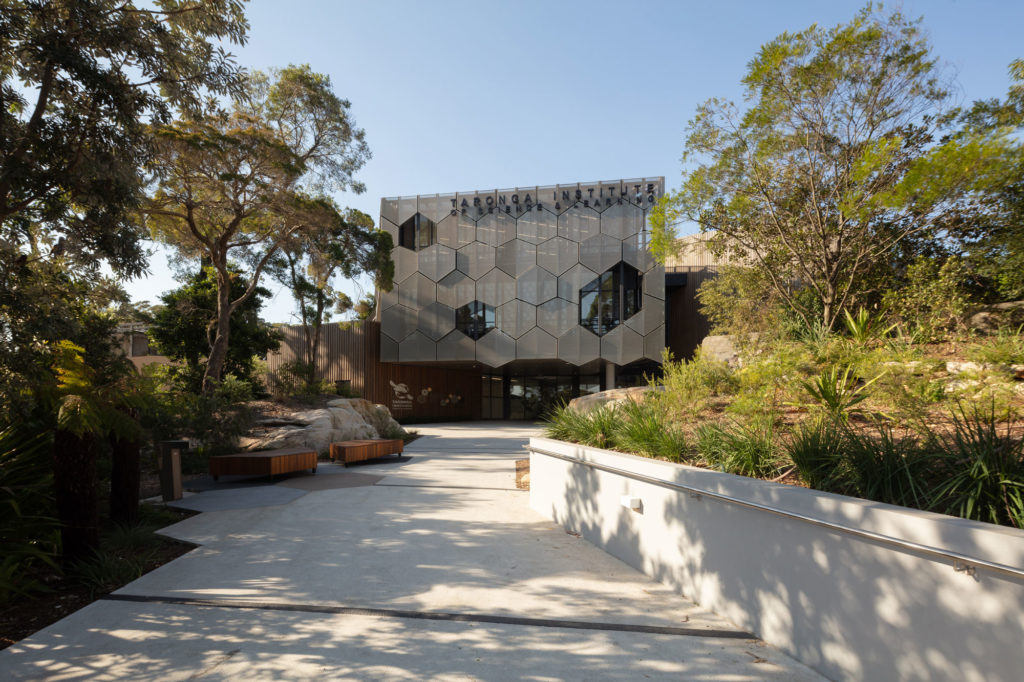
Project description provided by the architects
Taronga Conservation Society believes in a shared future, where wildlife and people don’t just live together, they thrive together. The first of its kind in the Southern Hemisphere, the Institute supports this vision by enabling Taronga to expand capabilities in conservation science, research and learning. Located within Sydney’s Taronga Zoo, the building holds a six-star environmental rating.
The NBRS ARCHITECTURE approach was based around bringing together three major hubs: Learning, Science, and the Collaboration / Visitor Hub. Over three levels, the design centres around an atrium space that links the building’s functions and allows scientists, animals carers, educationalists and the public to interact.
The Science Hub is a facility not only for research scientists but university students, fostering the next generation of conservation innovation. Specialist laboratories and digital teaching labs provide opportunities to broaden partnerships with leading universities. The Learning Hub allows students from early learning, high school, through to researchers and tertiary students to interact with the zoo. Multi modal learning environments provide areas for individual study, group discussion and presentation modes.
Three immersive learning spaces themed around desert, rainforest and woodland environments allow children to enter the habitat of animals and experience their natural behaviours. These environments provide authentic STEM learning and align with curriculum priority areas. The Visitor Hub allows a connection between visitors and the Institute. It has been designed for one-of-a-kind experiences to create a closer bond between students, scientists, animals and 300 staff.
In 2019 the Institute was recognised by Learning Environments Australasia as an innovative learning space. The Taronga Institute of Science and Learning won an Educational Award at the 2019 AIA NSW Awards.

What was Taronga's vision?
Sydney’s Taronga Zoo is committed to creating new ways of using science and education to shape a shared future for wildlife and people. Through research, collaboration and immersive learning, their goal is to lead the way in conservation globally. They wanted to create a benchmark facility to inspire and foster conservation research. In an age of climate change, with the future of nature under threat, conservation action is crucial. The aim of the Taronga Institute is to secure a future for wildlife and people through research, collaboration and immersive learning.
The Institute enables ground-breaking science and research to be undertaken. It allows the Zoo’s team of scientists and animal carers to collaborate and explore ways to protect endangered species around the globe.
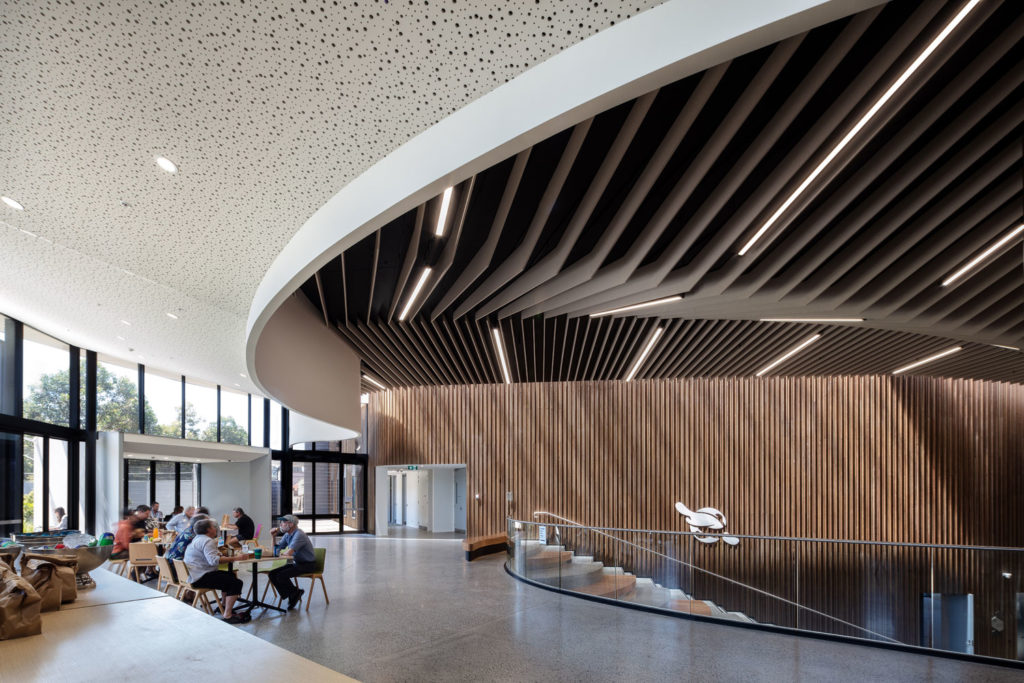
What was the solution?
To fulfill Taronga’s goal of leading the way in conservation, innovative ideas were required to challenge the current educational practices adopted by the world’s leading Zoos.
To truly inspire and motivate the next generation of conservation scientists, an unforgettable experience was required. One that creates a true connection between theory and practice, allowing students to learn and then apply knowledge to real world conservation issues.
Over the years the purpose of the Zoo has grown and evolved. Historically Zoos displayed a range of exhibits as trophies for entertainment purposes. Today the display of wild animals is primarily for the conservation of endangered species, for research purposes, education and secondarily for the entertainment of visitors.
Taronga’s goal was to take the commitment to conservation one step further. By creating an environment that allows visitors to be immersed in an endangered animals’ habitat, and learn about the intricacies of the species, a true connection between wildlife and people is created. A connection that motivates change and a desire to contribute to science and conservation.
The design has transformed the delivery of education at the Zoo and allowed children to become immersed in interactive STEM learning.
What were the core design considerations?
Through careful material selection, design of space and environmental connectivity, the outcome describes a living narrative of conservation and coexistence. The environmental response of the building has significantly contributed to the Zoo now having a zero-carbon footprint.
The site sits on the hill overlooking Sydney Harbour. Natural materiality ensures minimal visual impact and creates a harmonious relationship between the built form and the Sydney sandstone environment. Inspiration was taken from the patterns found in DNA structures to influence façade design and to reflect scientific research.
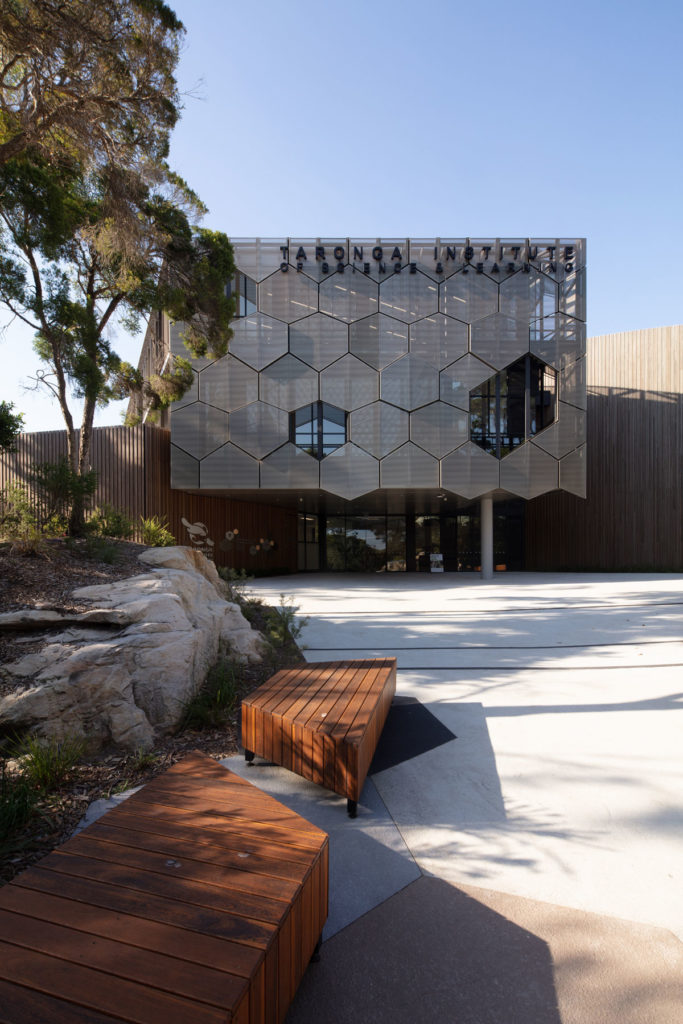
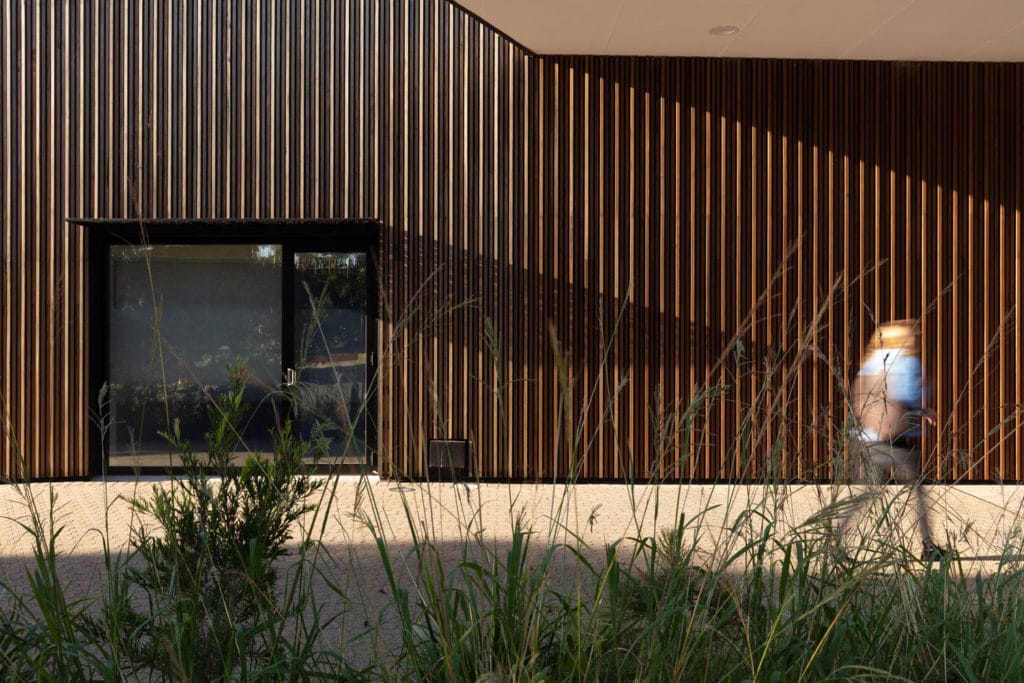

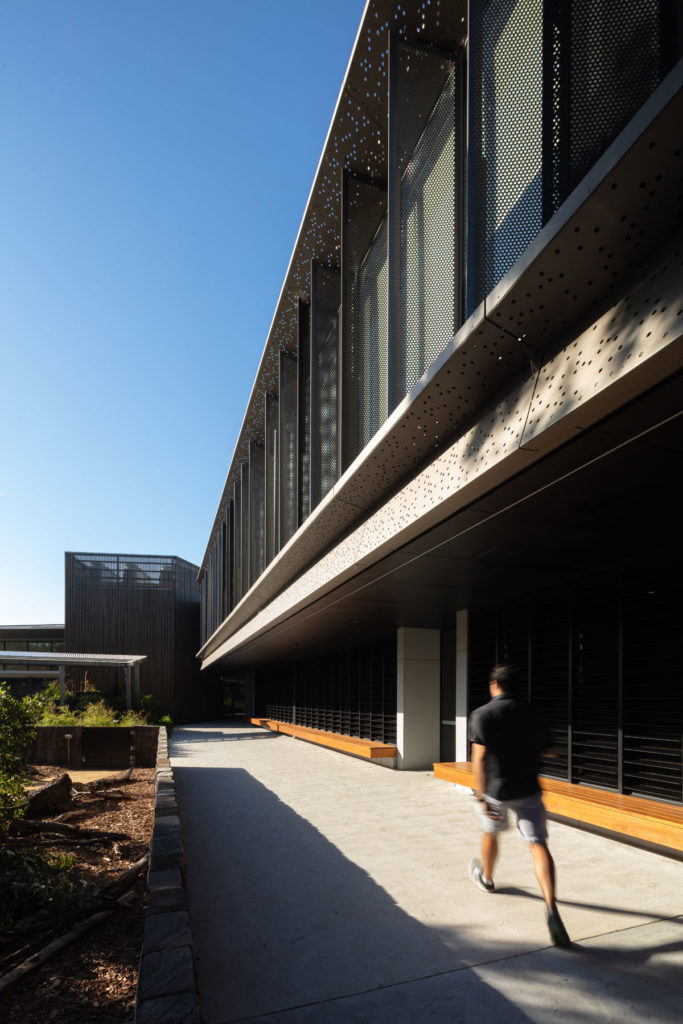
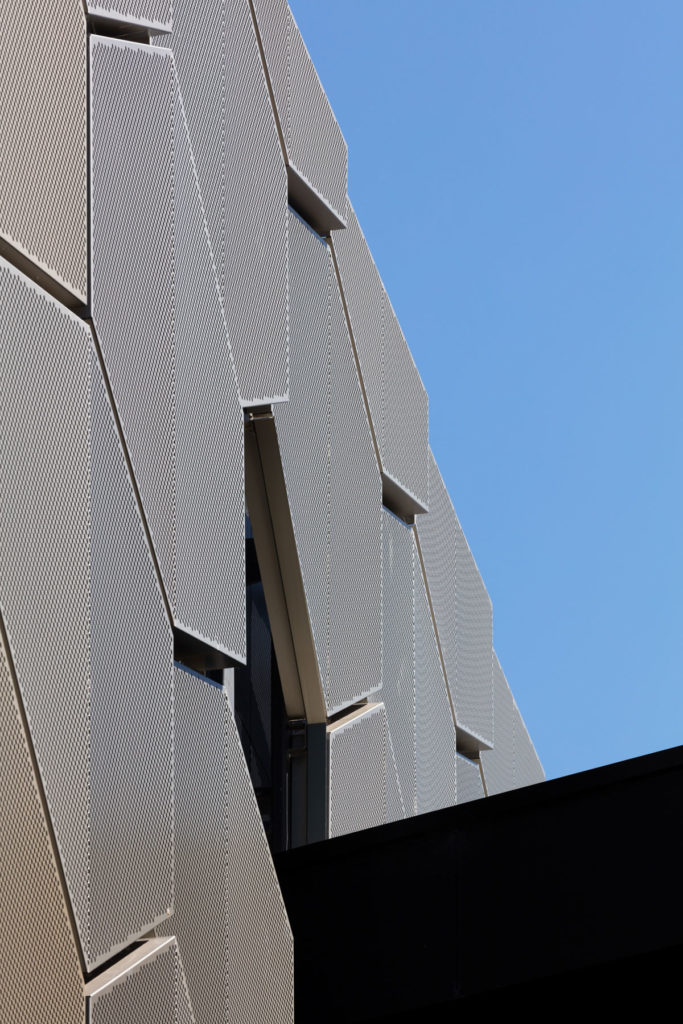
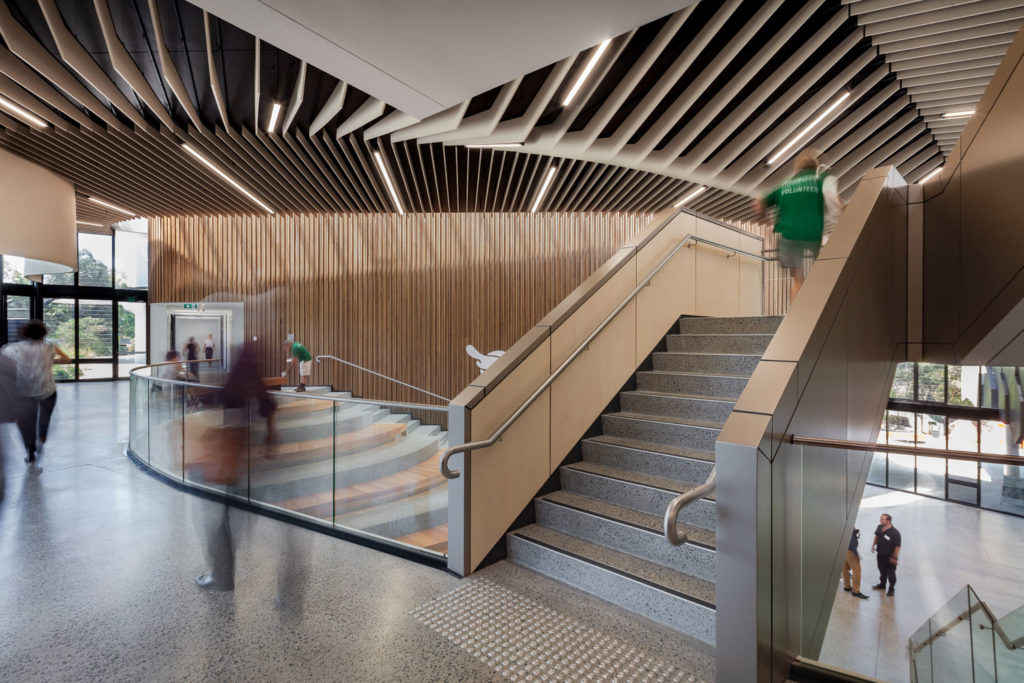


comments